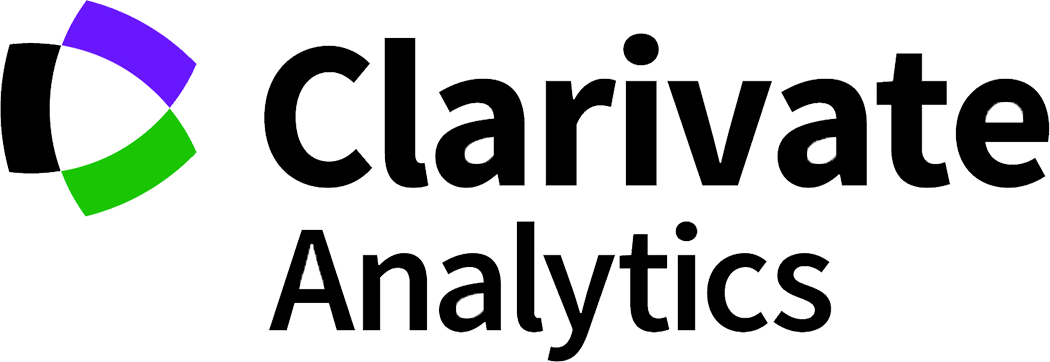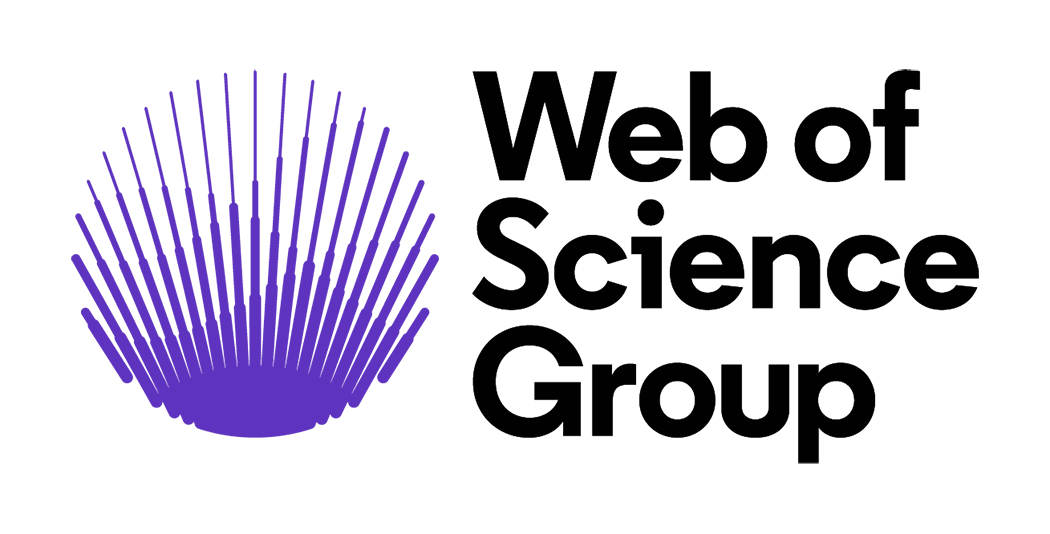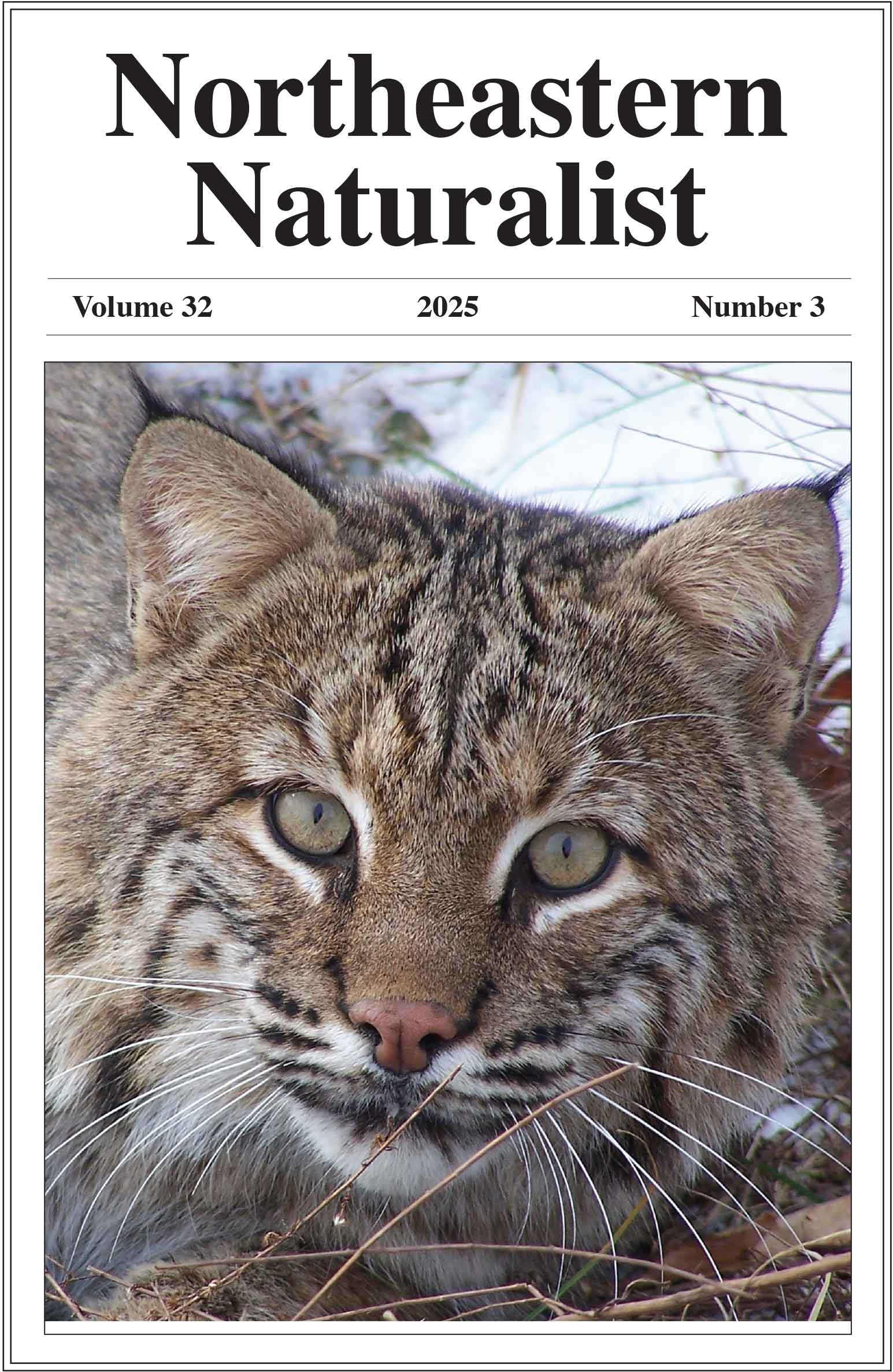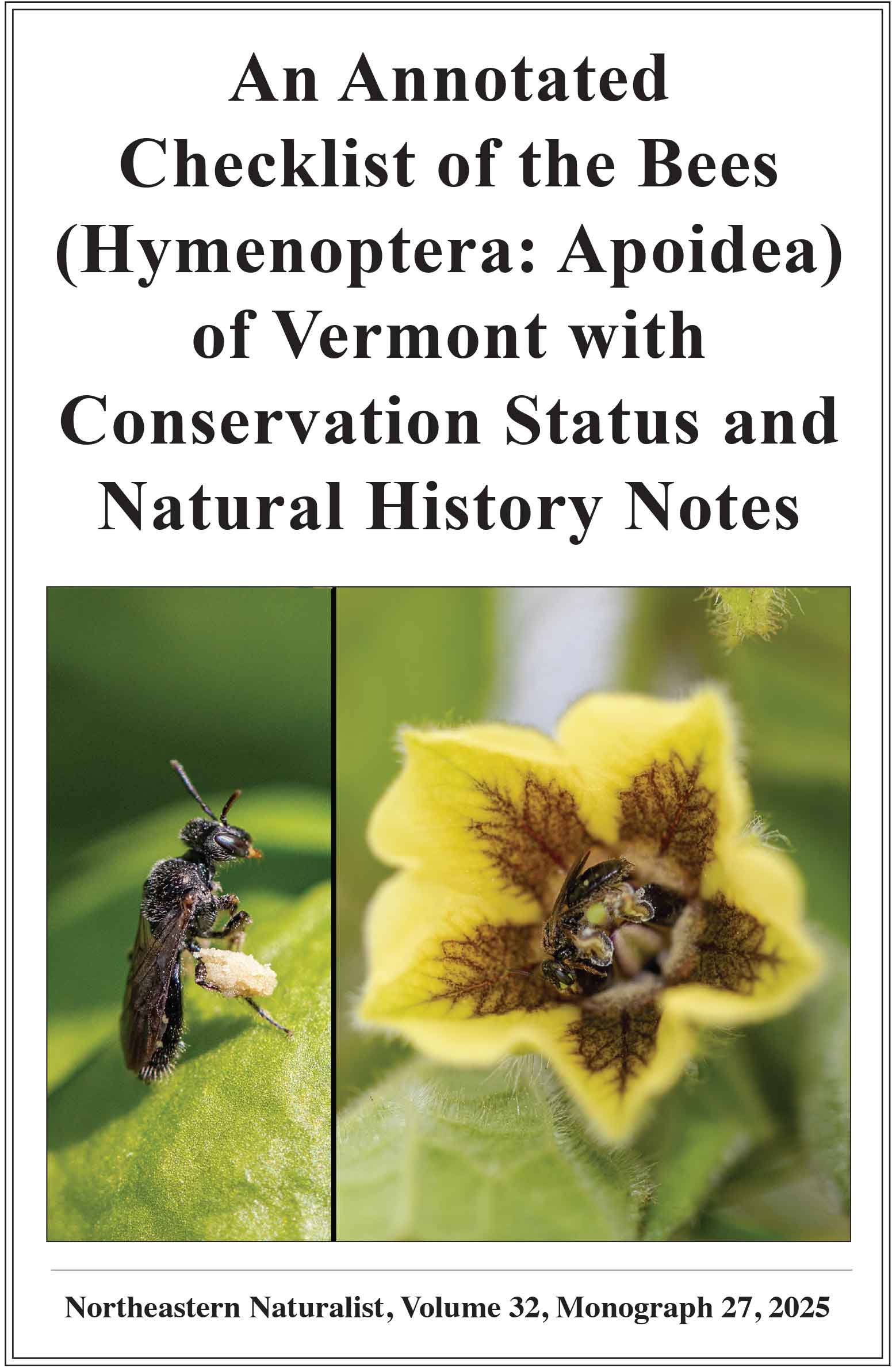Ecological Observations of the Antlion, Myrmeleon immaculatus (Neuroptera: Myrmeleontidae), in Rhode Island
Sara K. Edmister1, Rebecca M. Williams1, Elizabeth M. Varkonyi1, Casey L. Johnson1, Howard S. Ginsberg1, and Steven R. Alm1,*
1Department of Plant Sciences and Entomology, University of Rhode Island, Kingston, RI 02881. *Corresponding authors.
Northeastern Naturalist, Volume 32, Issue 3 (2025): 407–421
First published early online: 11 August 2025
Abstract
We found pits of the larval antlion Myrmeleon immaculatus in diverse habitat types in Rhode Island, including sandy soil under the edge of the roof of an open-sided barn, sawdust in full sun, high-organic native soil in full sun, and in high-organic native soil under the canopy in Quercus (oak)–Pinus (pine) woodland. Pit sites varied dramatically in substrate characteristics such as particle size and organic content, but the highest concentration of pits was in sandy soil within 2 m of the open side of a barn. At this sandy-soil site (3.0 m2), the number of active larval pits varied from 40 to 164 from 13 June to 17 November 2017, and from 6 to 96 from 30 April to 31 October 2018. The average pit diameter was 2.37 cm (min–max = 0.50–9.75 cm) in 2017 and 2.08 cm (min–max = 0.5–6.6 cm) in 2018. The most common potential prey collected in pitfall traps in 2017 and 2018 that were also captured by larvae in laboratory feeding experiments were terrestrial isopods (Armadillidiidae, Oniscidae). Ants (Formicidae) were rarely collected in pitfall traps at the study site. However, of the prey items offered in the lab, antlion larvae had the greatest success in capturing ants compared to other taxa. Larvae successfully captured a wide variety of prey taxa in lab trials, but failed to capture and feed on adult Carabidae. Success of larvae in capturing prey offered in the laboratory varied from 0% to 100%, depending upon prey type.
![]() Download Full-text pdf (Accessible only to subscribers. To subscribe click here.)
Download Full-text pdf (Accessible only to subscribers. To subscribe click here.)
Access Journal Content
Open access browsing of table of contents and abstract pages. Full text pdfs available for download for subscribers.
Issue-in-Progress: Vol. 32(4) ... early view
Check out NENA's latest monograph and Special Issue:













 The Northeastern Naturalist is a peer-reviewed journal that covers all aspects of natural history within northeastern North America. We welcome research articles, summary review papers, and observational notes.
The Northeastern Naturalist is a peer-reviewed journal that covers all aspects of natural history within northeastern North America. We welcome research articles, summary review papers, and observational notes.